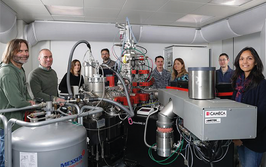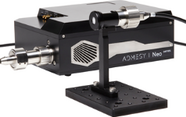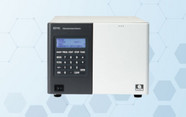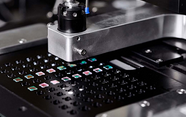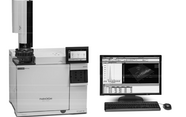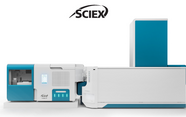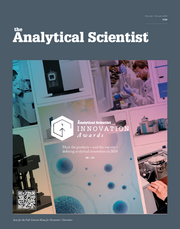Aminoglycoside Analysis in Honey Using Molecularly Imprinted Polymer Cleanup and LC/MS/MS Detection

contributed by Sigma Aldrich |
Introduction
Streptomycin and related compounds belong to a well-known class of antibiotics, the aminoglycosides. They are widely used to control bacterial and fungal diseases of fruit trees, seeds, and ornamental crops. The use of streptomycin to control fireblight on apples and pears accounts for 58% of its total usage in agriculture. Honeybees can become exposed to streptomycin when pollinating the fruit trees. The honeybees can then leave traces of antibiotics in honey and other bee products. There is growing concern of the impact that these antimicrobial resistant compounds have on human health and development. A sensitive and robust analytical method is required in order to enforce the regulations, and ensure the safety and quality of the food supply.1
The focus of this study is the extraction and analysis of six aminoglycosides from honey using molecularly imprinted polymer (MIP) solid phase extraction (SPE) with LC/MS/MS detection. This study utilized the unique extraction capabilities of MIPs to successfully quantitate six aminoglycosides by LC/MS/MS at 50 ng/g.
Log in or register to read this article in full and gain access to The Analytical Scientist’s entire content archive. It’s FREE!

